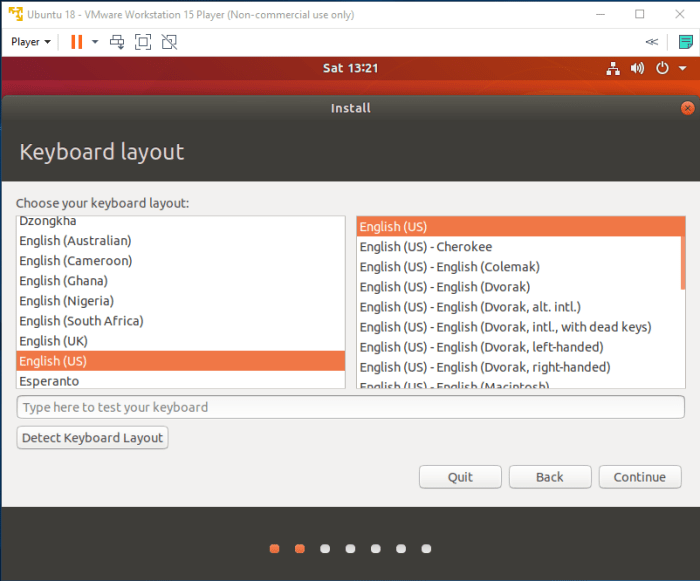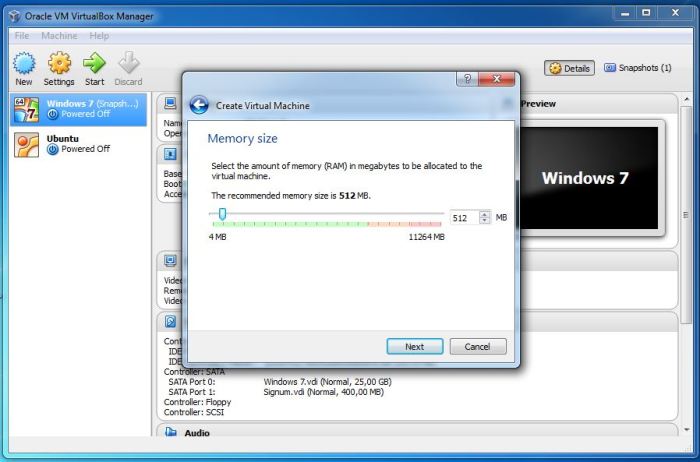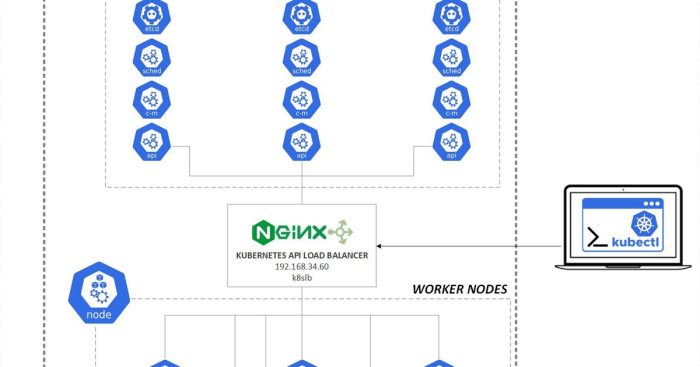Lab 10-3 configuring a vm and installing ubuntu – Lab 10-3: Configuring a Virtual Machine and Installing Ubuntu introduces the concepts of virtual machines (VMs) and Ubuntu, providing a comprehensive guide to creating and configuring a VM, installing Ubuntu, and troubleshooting common issues. This lab empowers learners with the knowledge and skills to leverage VMs and Ubuntu for various purposes.
Through hands-on exercises, this lab equips participants with the ability to create and manage VMs, customize Ubuntu to meet specific requirements, and perform essential tasks within the Ubuntu environment. By understanding the fundamentals of VM configuration and Ubuntu installation, learners gain a solid foundation for working with virtual environments and Linux operating systems.
Introduction

This lab provides a comprehensive guide to configuring a virtual machine (VM) and installing Ubuntu, a popular Linux distribution. By completing this lab, you will gain a solid understanding of the key concepts and practical skills involved in virtual machine management and Linux operating systems.
Virtual machines are powerful tools that allow you to create isolated and secure environments for running multiple operating systems on a single physical machine. Ubuntu is a user-friendly and versatile operating system that offers a wide range of features and applications.
Configuring a VM

To configure a VM, you will need to select a virtualization platform, such as VMware Workstation or VirtualBox. Once you have chosen a platform, you can create a new VM by specifying the following settings:
- Name: The name of the VM.
- Operating System: The type of operating system that will be installed on the VM.
- Memory: The amount of memory that will be allocated to the VM.
- Storage: The size and type of storage that will be used for the VM.
- Network: The network settings that will be used by the VM.
Once you have configured the VM, you can start it and install the operating system.
Installing Ubuntu
To install Ubuntu on a VM, you will need to download the ISO image from the Ubuntu website. Once you have downloaded the ISO image, you can boot the VM from the ISO image and follow the on-screen instructions to install Ubuntu.
During the installation process, you will be asked to select the following options:
- Language: The language that will be used during the installation process.
- Keyboard layout: The keyboard layout that will be used.
- Installation type: The type of installation that you want to perform.
- Disk partitioning: The way that the storage will be partitioned.
- User account: The username and password for the user account that will be created.
Once you have selected all of the options, the installation process will begin. Once the installation process is complete, you will be able to log in to your new Ubuntu VM.
Using Ubuntu: Lab 10-3 Configuring A Vm And Installing Ubuntu

Ubuntu is a user-friendly and versatile operating system that offers a wide range of features and applications. Some of the most popular features of Ubuntu include:
- A modern and intuitive graphical user interface (GUI).
- A large selection of free and open-source software.
- Excellent support for hardware and peripherals.
- A strong community of users and developers.
You can use Ubuntu to perform a wide variety of tasks, including:
- Web browsing and email.
- Document creation and editing.
- Multimedia playback.
- Software development.
- System administration.
You can also customize Ubuntu to meet your specific needs. For example, you can change the theme, install new applications, and configure the system settings.
Troubleshooting

If you encounter any problems while configuring a VM or installing Ubuntu, there are a number of resources available to help you troubleshoot the issue.
The first step is to check the documentation for your virtualization platform and Ubuntu. The documentation will provide detailed instructions on how to configure a VM and install Ubuntu.
If you are still having problems, you can search for help online. There are many forums and websites that provide support for Ubuntu users.
Finally, you can contact the Ubuntu community for help. The Ubuntu community is a large and active group of users and developers who are willing to help others.
FAQ Corner
What are the benefits of using a virtual machine?
Virtual machines offer several advantages, including resource isolation, improved security, portability, and the ability to run multiple operating systems on a single physical machine.
What is the difference between Ubuntu Desktop and Ubuntu Server?
Ubuntu Desktop is designed for personal use and includes a graphical user interface (GUI), while Ubuntu Server is intended for use on servers and lacks a GUI.
How can I troubleshoot network connectivity issues in Ubuntu?
To troubleshoot network connectivity issues, check the network settings, ensure that the network interface is enabled, and verify that the network cable is properly connected.